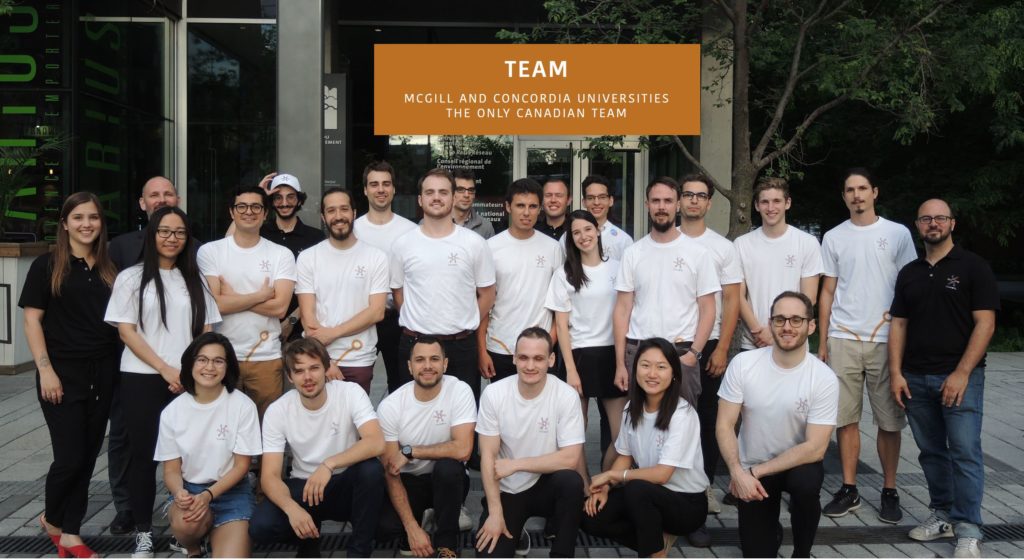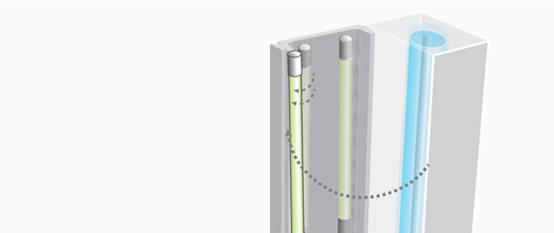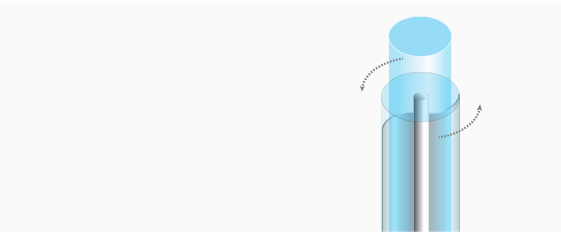Sole Canadian team in Chinese sustainable house competition adds UV Pure system to provide safe water.
A team of students, known as Team MTL, from McGill University and Concordia University recently participated in the 2018 Solar Decathlon, a competition that challenged participants to build a sustainable house using cutting-edge technologies.
The group, known as Team MTL, designed a house that uses a point-of-entry (POE) treatment UV disinfection system to treat the main water supply and protect residents from waterborne pathogens.
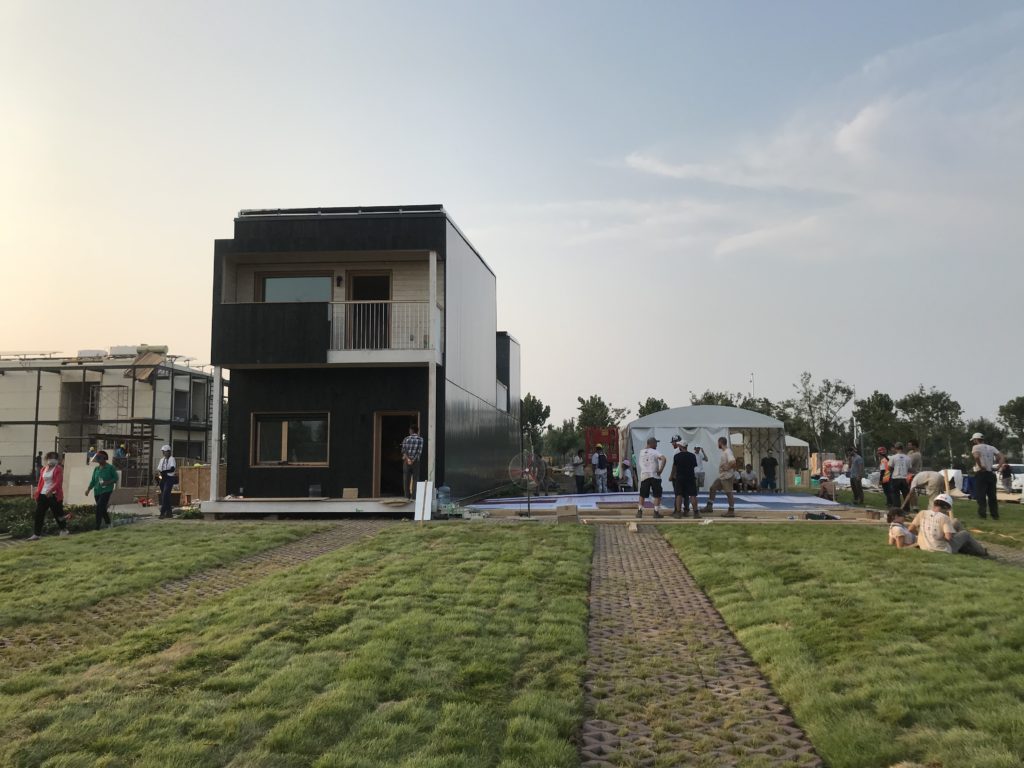
To ensure that they would never have to worry about water quality, the students wanted a UV disinfection system that provides a high level of safety for the water that is supplied throughout the house.
UV Pure donated a Upstream NC 15-50 disinfection system to support the experiential learning opportunities provided by the competition and improve the water quality of the main water supply.
The Upstream NC 15-50 system incorporates dual smart UV sensors that continually monitor UV lamp output and water quality, ensuring the highest level of treatment and public health protection. If either of these parameters does not meet the set specifications, the system will sound an alarm, notify the unit owner, and automatically shut down.
“We are grateful to UV Pure for supplying us with an Upstream NC 15-50 system for our home,” says Ben Wareing, Architecture Lead of Team MTL. “The system consistently provides a clean water supply to the house, ensuring the wellbeing of the inhabitants.”
Once treated with UV Pure’s disinfection system, the water is supplied to low-flow plumbing fixtures and appliances throughout the house such as the dishwater and washing machine.
This approach supports Team MTL’s water management strategy, which prioritizes conservation and reuse to help homeowners reduce potable water demand.
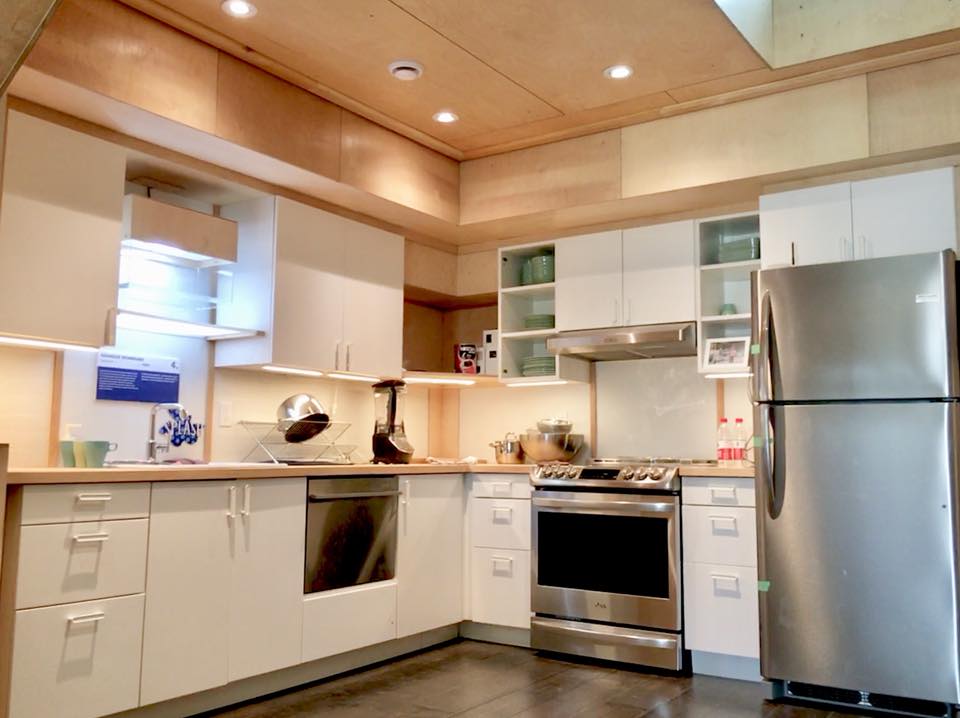
The 2018 Solar Decathlon took place in Dezhou, China from August 2 to August 19. A total of 48 universities from 10 countries around the world were represented in the 20 teams that competed in the Solar Decathlon.
At the end of the competition, teams were ranked in a number of categories, including: innovation, engineering, architecture, market appeal and communications.


